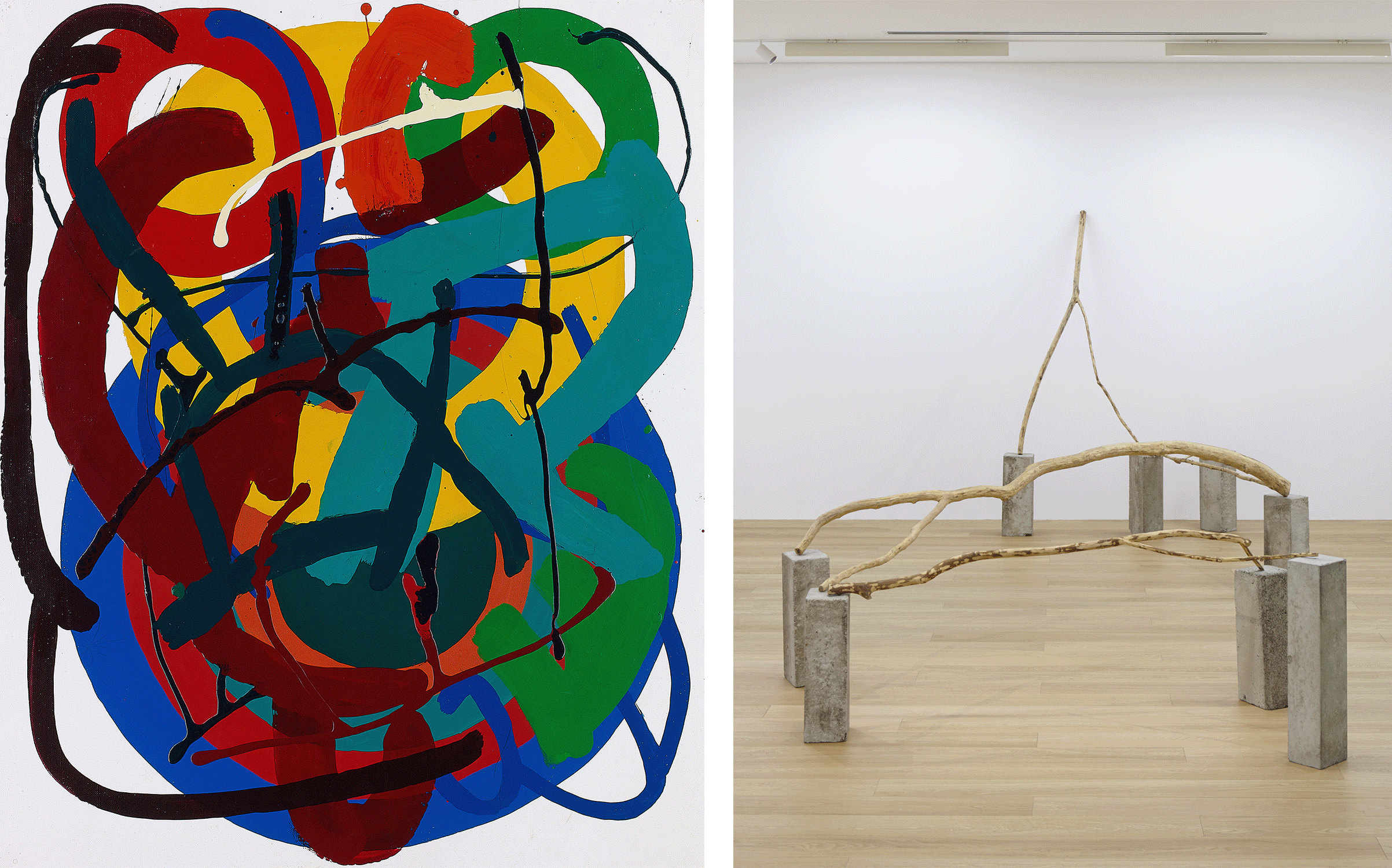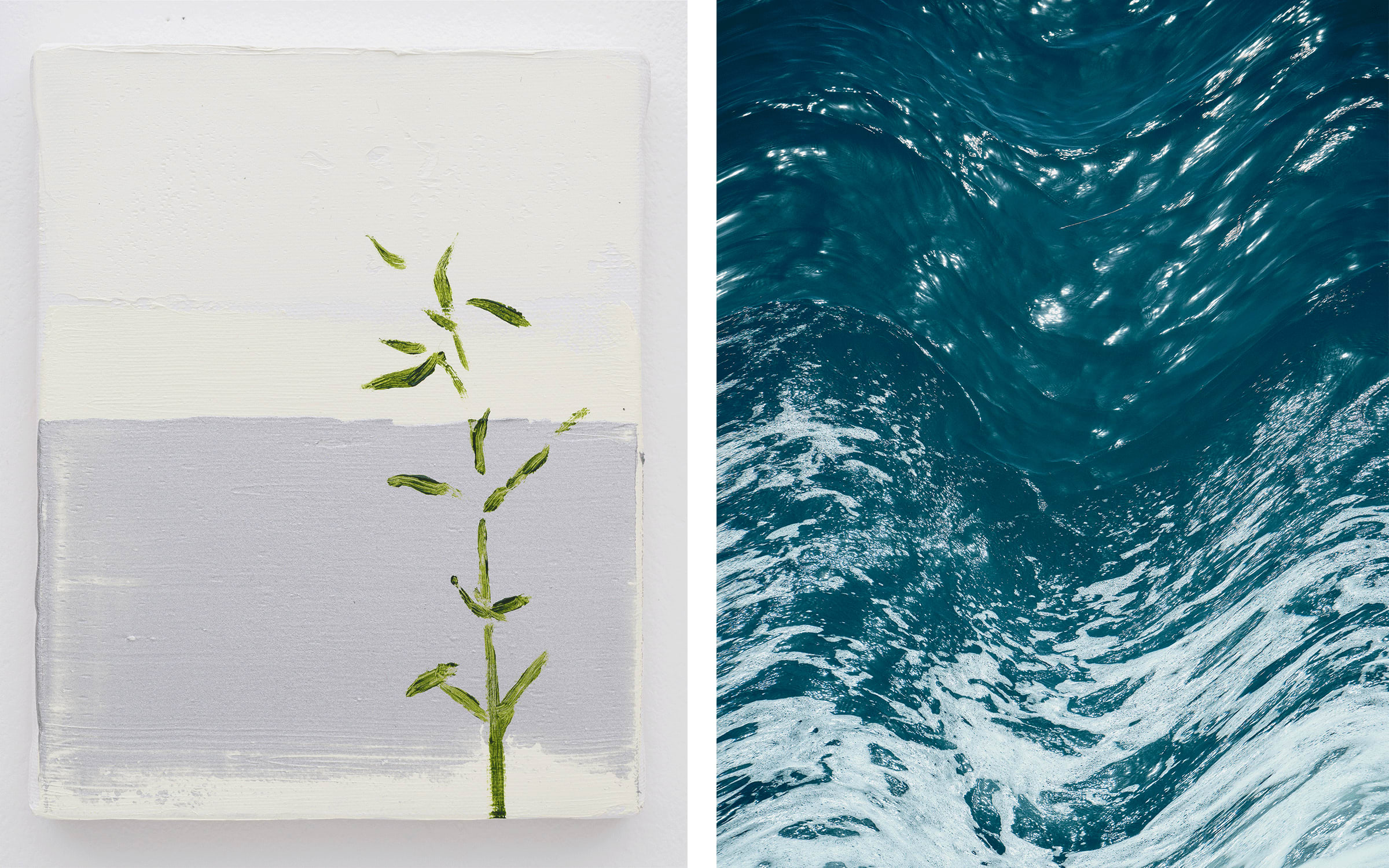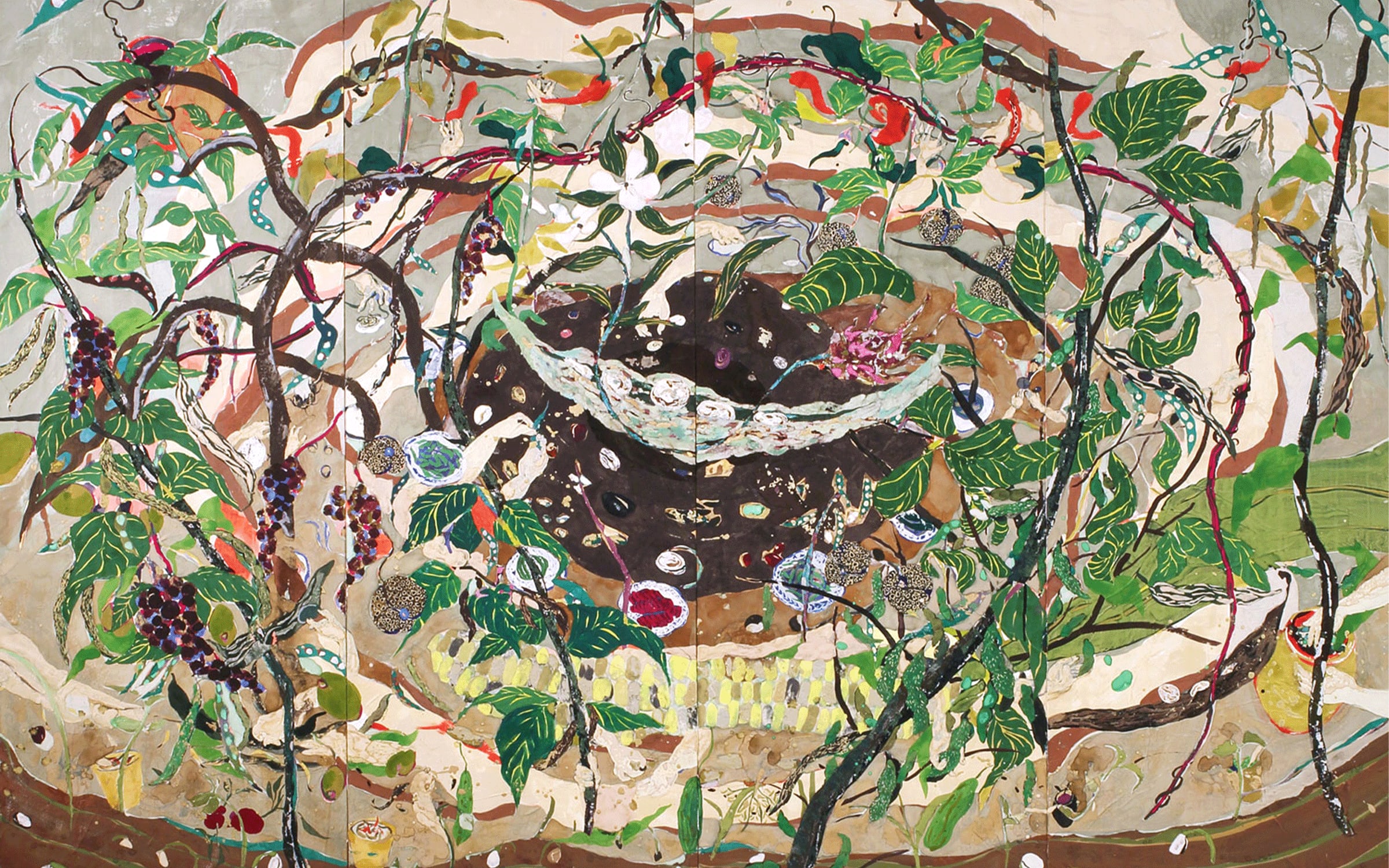Amid the weariness of pandemic-related closures, the 2021 soft-launch of Art Week Tokyo (AWT) could not have come at a better time. Brought to life by Japan Contemporary Art Platform with support from the Tokyo Metropolitan Government and the Agency for Cultural Affairs, AWT offered a new way of presenting Japanese art: The unified effort was, in part, a response to the city’s disparate art scene.
The event returned for its second edition just two weeks after national borders reopened in late 2022, with participating artists, curators, and galleries reflecting Tokyo’s serene yet boundless energy. AWT expanded its scope beyond the institution, with a roster of exhibitions and activities in less central parts of town.

Running from November 2–5, this year’s edition promises to be even more abundant, with 50 participating galleries, institutions, and nascent art spaces – including the National Museum of Modern Art, Tokyo (MOMAT), Perrotin, Taka Ishii Gallery, and Waitingroom – connected along seven city routes via a network of free buses. AWT director Atsuko Ninagawa hopes the event will ‘facilitate the entry of more Japanese galleries – especially younger ones – into the international circuit.’ The latter include Ken Nakahashi in Shinjuku, Leesaya in Meguro, and artist-run venues like 4649 in Sugamo, in a space set back from the main street in a former bar.
This year also sees the launch of AWT Focus, a curated sales platform. Contemporary narratives drive the inaugural exhibition ‘Worlds in Balance: Art in Japan from the Postwar to the Present’ at the Okura Museum of Art, one of Japan’s first private art museums, founded in 1917. Guest curator Kenjiro Hosaka, director of the Shiga Museum of Art in Otsu, gathers more than 100 works by 64 Japanese and Japan-based artists from the Postwar era to the present day which rethink the stories shaping our understanding of modern and contemporary Japanese history. The broad range of artists on view includes Jiro Yoshihara and Atsuko Tanaka of the Gutai Art Association – whose artists explored new, interdisciplinary approaches from the 1950s onward – and Kishio Suga of Mono-ha, whose practice explores the physical connections between found objects in works that are simultaneously poetic and playful.
These and other early Postwar pieces will sit alongside works exploring the tensions between craft, abstraction, and figuration by midcareer and emerging artists such as Ryoko Aoki, Yang Bo, Daisuke Ohba, and Sen Takahashi, among others. ‘AWT Focus is similar in character to an art fair,’ explains Hosaka. ‘But [my role] is to reveal the resonances between works, removing the boundaries of the gallery, and sometimes of the period.’
A video program guest-curated by Chus Martínez, head of the Institute Art Gender Nature FHNW Academy of Arts and Design in Basel, will be screening daily at the sleek SMBC East Tower in the Marunouchi business district. Her edition of AWT Video responds to recent global events by channeling the spirit of the late feminist writer and activist Raicho Hiratsuka. Seventeen works by 14 artists are brought together in a show that borrows from the title of Hiratsuka’s 1911 autobiography, In the Beginning, Woman Was the Sun. Fuyuhiko Takata’s video Dream Catcher (2018), for instance, tells the tale of Rapunzel – played by fellow artist Mai Endo – who, locked in a tower waiting to be rescued, unfurls her preternaturally long hair until it causes devastation in the outside world. ‘Those we love and admire – dead or alive – help us to emotionally and rationally relate to the world,’ Martínez says of the project. ‘We can only get to know the real through stories. This show is a way of including Hiratsuka and her work in our contemporary narratives.’

Beyond the art are plenty of opportunities for discourse: Designed by emerging architect Suzuko Yamada – winner of the 36th Yoshioka Prize in 2020 – the AWT Bar will act as a space to foster conversation, accompanied by artist-designed cocktails and gastronomic delicacies prepared by pre-eminent chef Shinsuke Ishii. The bar, which is located in the emergence aoyama complex in the city’s Minami-Aoyama district, will open daily from morning to midnight. The thin metal rods that comprise Yamada’s design evoke a literal and metaphorical framework for the spontaneous conversations that will undoubtedly spark as the four-day event unfolds.
And the AWT Talks series will present more formal debates, including a symposium, held in conjunction with Keio University Art Center, asking Japanese and international curators to assess the state of exhibition making today. Online events will also feature a lecture on Postwar photography by Yasufumi Nakamori – the recently appointed director of the Asia Society Museum in New York – as well as a talk by photographer and activist Mao Ishikawa. A native of Okinawa – an island chain located between the Japanese main islands and Taiwan, which has a complex history of annexation by the Japanese government in the 19th century and occupation by the US military following World War II – Ishikawa focuses her eye on the sociopolitical tensions faced by its women.

Since its launch, AWT has seen Tokyo’s art landscape continue to evolve despite a challenging financial climate. With several gallery presentations of landmark artists slated to coincide with this edition – including Marcel Broodthaers at Taro Nasu, Derek Jarman at Take Ninagawa, and Candida Höfer at Kotaro Nukaga – AWT also serves to offset the role of the art institution in Japan. ‘The art scene [in Japan] can be very atomized,’ notes Ninagawa, ‘with museums keeping a distance from the gallery scene. [Lately] we’ve seen the emergence of new artist-run spaces and curatorial initiatives. These are definitely the seeds of the art scene to come.’
Art Week Tokyo runs November 2–5, 2023, at participating galleries and institutions as well as the Okura Museum of Art (AWT Focus), SMBC East Tower, Marunouchi (AWT Video), emergence aoyama complex (AWT Bar), and Keio University Mita Campus (AWT Talks).
Stuart Munro is a writer based in Tokyo.
Art Week Tokyo is organized by Japan Contemporary Art Platform in collaboration with Art Basel. It is co-organized by the Tokyo Metropolitan Government and the Art Week Tokyo Mobile Project Organizing Committee with support from the Agency for Cultural Affairs, Japan.
Published on September 14, 2023.
Captions for full-bleed images, from top to bottom: 1. Eiki Mori, shibboleth—i blink my eyes to the hear beats (film still), 2020. Courtesy of the artist and Ken Nakahashi. 2. Hiroyuki Takenouchi, 2022 © Hiroyuki Takenouchi, courtesy of PGI.